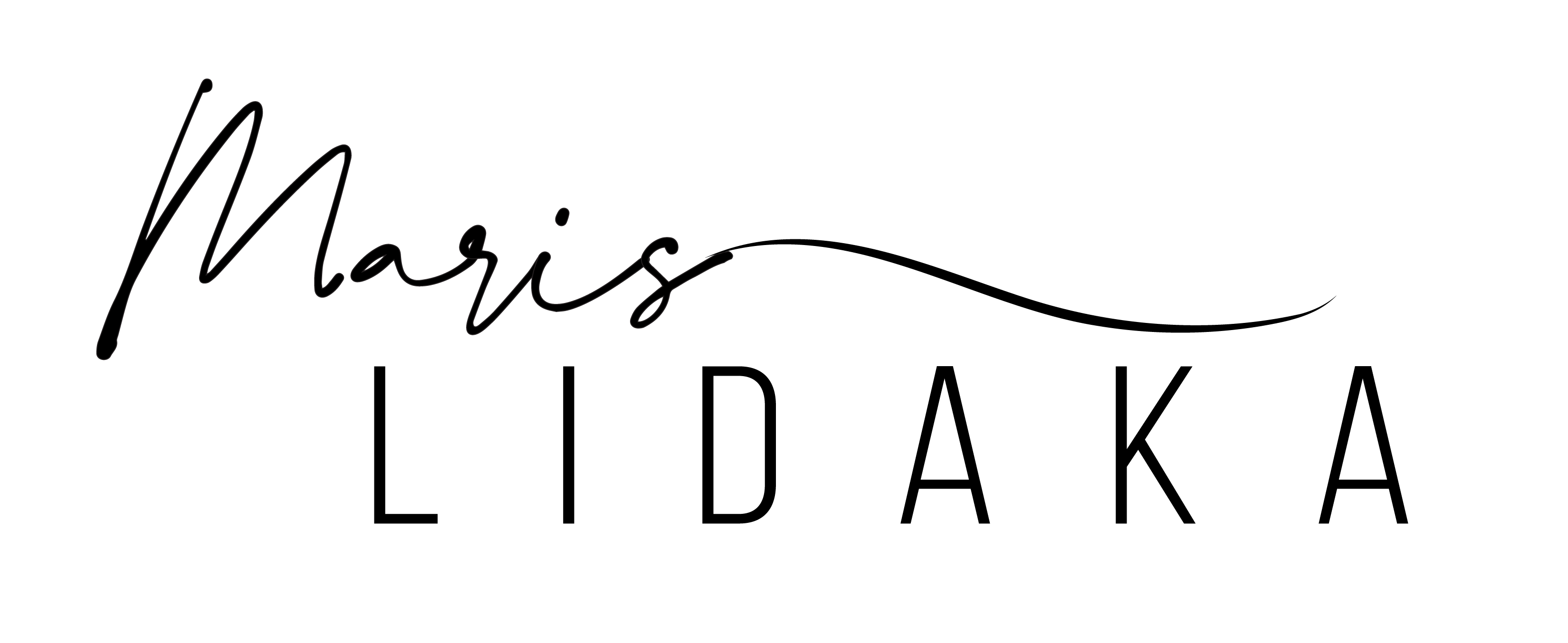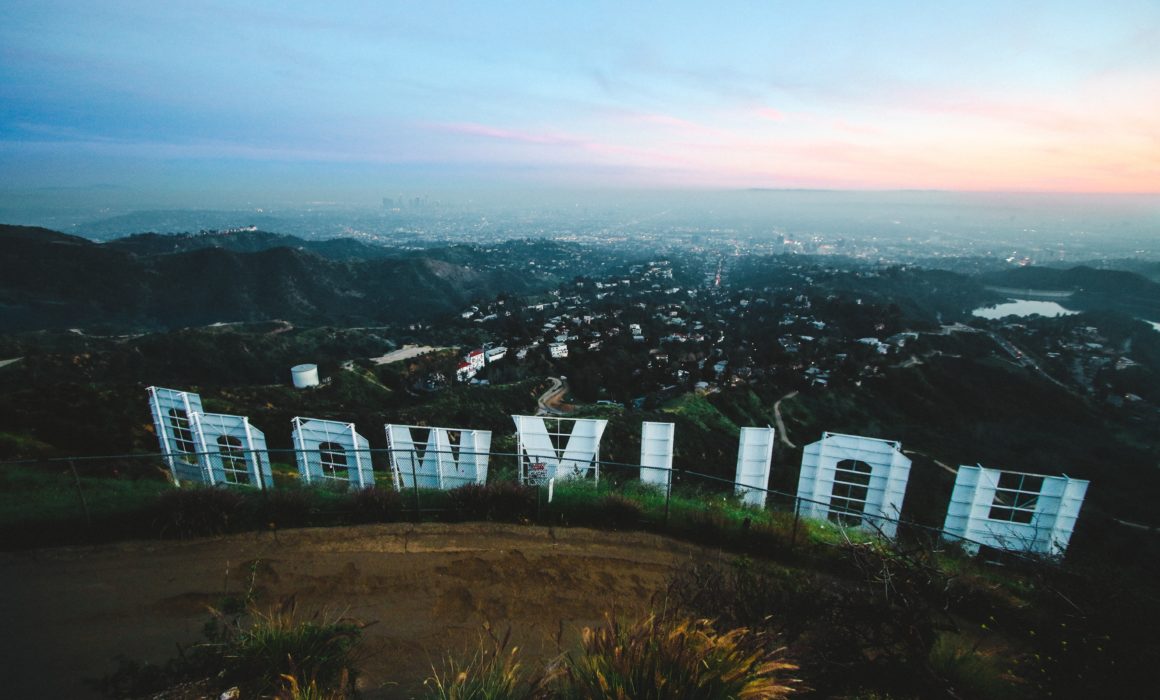Striking for the Soul of Art
This article originally appeared in my newsletter. To get advice like this in your inbox. Sign up here:
This week was a pinnacle moment in the entertainment industry. As many of you know, the Screen Actor’s Guild (SAG) has gone on strike and have now joined the ranks of the WGA. The other entertainment industry guilds are currently standing in solidarity, waiting for the executives of the large streaming companies to come to the negotiating table.
This news comes on the heels of a unnamed source from Apple TV who claimed they are waiting until “union members start losing their apartments and losing their houses” and the unveiling of how residuals in streaming actually work. As the strike goes on and massive change comes to the industry. I’m seeing a large disconnect between what the heads of the new studios (large tech companies) and their customers actually want with the art that being created on-screen:
It’s to be spoken to.
A TRUE PURPOSE
When you examine art as a fundamental practice:
It’s about communication.
Art is about expressing things we can’t put into words or communicating in a way beyond language. We use it to communicate to the world around us, to our spiritual practice, and also to the people we come in contact with. One of the earliest uses of art was to use it as a way to signal that you weren’t an enemy to a stranger.
It’s a symbol between people that we share the same experience. That our values align.
That we can be trusted.
As advancements in art have been made. So too have its uses. But that fundamental purpose of communication still remains. And that’s also why we love TV and film. Because it still shows us that our experiences matter. When done right, it allows us to simply feel what it’s like to be human and builds empathy with our fellow beings.
It speaks to our very soul.
Granted many people (especially ones that look like me) were excluded from being a big part of the industry. But the primary focus was a holistic one. Hollywood became ultra-successful because it built a machine around speaking to the soul of it’s nation. The business was forged on creating stories that enraptured us – the audience. Because, in one way or another, it awakened a part of us that we don’t get to tap into very often. We get to be inspired as well as entertained.
But somewhere along the way, the strategy shifted. The people who make the big movies and TV put more effort into entertaining and less into inspiration. This coincided with the large media studios and companies being taken over by the institutions of Wall Street and Silicon Valley. Places that value the quarterly profit spreadsheet more than the experience of an audience.
This shift in focus paved the way for what we are experiencing now:
An overload of nostalgia and dopamine.
It’s become a common parlance that in Hollywood everything is either a superhero movie or a remake. The reason for this being, in order to maximize profit, big movies have gone back to what’s worked before. Essentially in order to trick and addict us.
The nostalgia aspect is simple – to bring us back to the days when we were kids. When we believed things were much simpler and better. When we didn’t understand how the world works because we didn’t have to. The goal being to keep your audience in a state of arrested development where they will exchange their money to a trip down memory lane. To a time when so many things seemed possible. And this is accomplished by giving us:
Dopamine. It seems the goal of the largest movies now is to thrill us with sight and spectacle to elicit a dopamine response. Just like sugar, the idea is to keep us addicted so we’ll keep coming back for more sights and spectacles. The thinking is that being inspired and provoked is no longer necessary. We just have to be coddled and given a few hours of bliss in order to feel satisfied.
But audiences aren’t satisfied. Movies are products, but they also are not. Not in the same way your iPhone or a bag of chips are. Less people are going to the movies year after year.
Because there’s nothing novel about it anymore.
Nostalgia and dopamine only work in the short term. The same dopamine response eventually wears off and makes us numb. And we’re left searching for that initial experience. Hollywood planned that nostalgia-driven cinema would keep us in a state of bliss.
But nostalgia just reminds us of what we are missing.
The Wall Street and Silicon Valley media companies have banked on art being a one way form of communication. One where we are being told what to believe and feel. Instead of inspired to do so – which is how Hollywood became a global juggernaut.
It’s now lost it’s soul and people around the world are seeing it. And instead of re-examining itself. They’ve decided to try and take more money from the ones who create it.
There’s no joy with Hollywood eating itself. The people involved in the industry are here because we love it. Because we have stories we want to tell and audiences to communicate with. We want a Hollywood that represents the best of the old and the new. We tell stories because we want to connect with people, not data points.
The art a nation creates tells you about its soul. We are now in a moment where the unions are the last line of defense before we begin to lose it. At it’s best, Hollywood is a big sandbox we get to play in. It can be chaotic and messy. But most of all, it’s fun and we can’t wait to get back i it.
This is what the strikes are fighting for right now. It’s what’s keeping Hollywood from slowly dying.
Which, tragically, would be by its own hand.
- Want more filmmaking and creator advice? Sign up for my newsletter.
- Get my free workbook The Mixed Creator
- Need coaching or consulting? Book a meeting with me.


